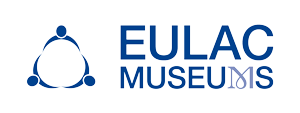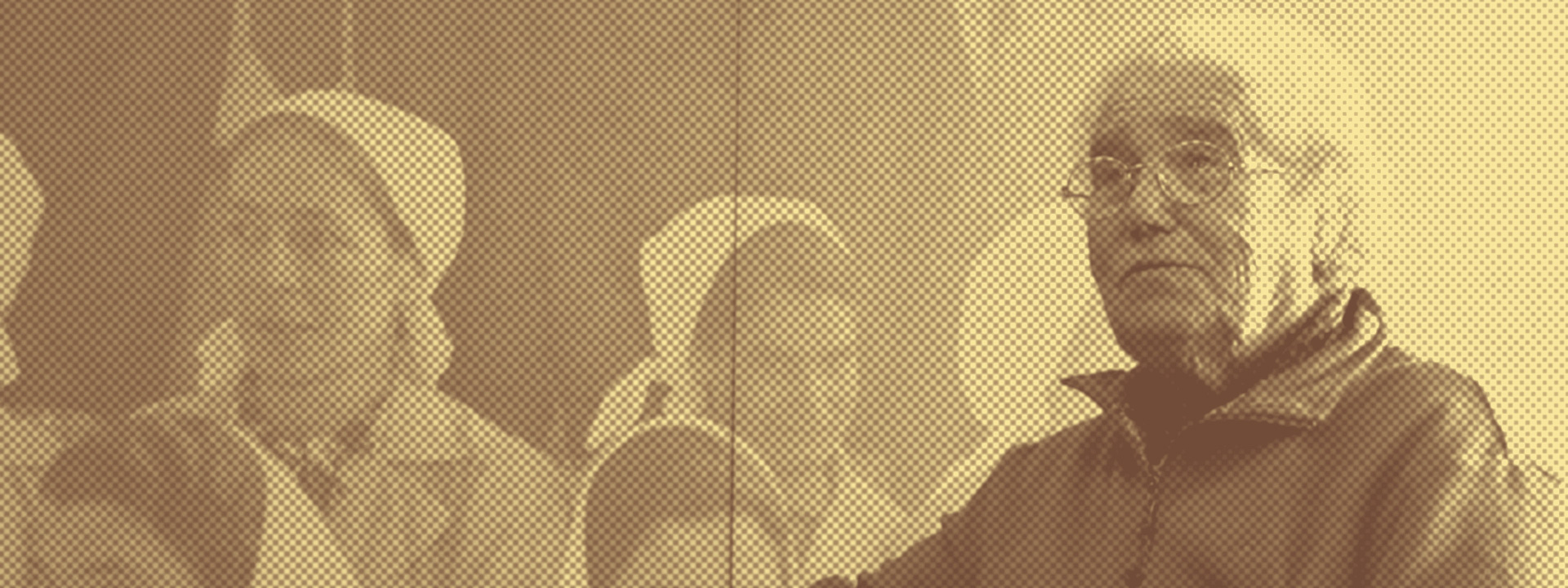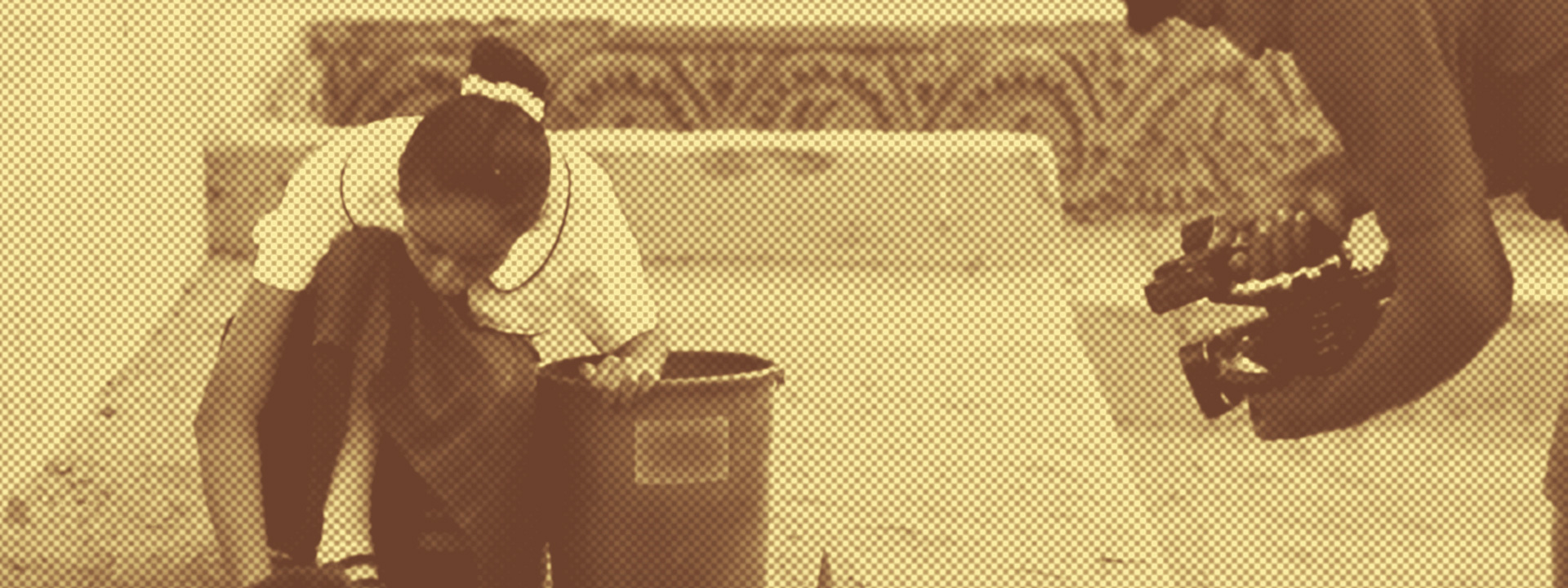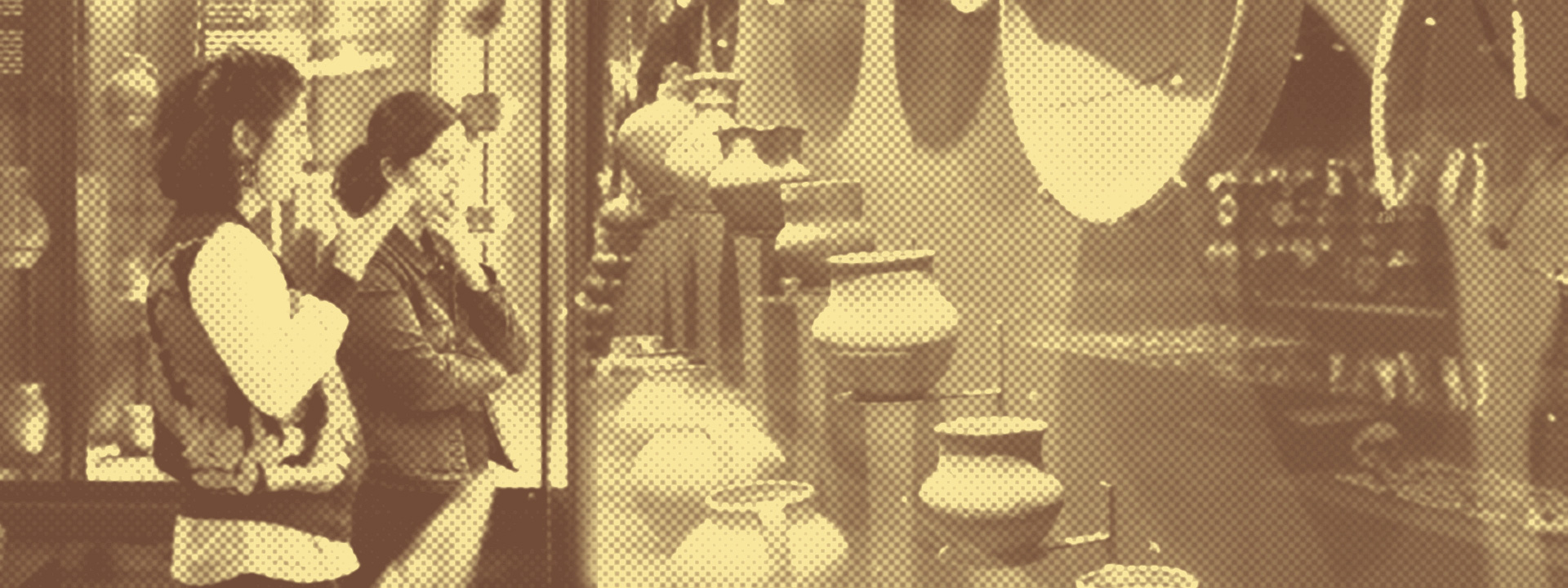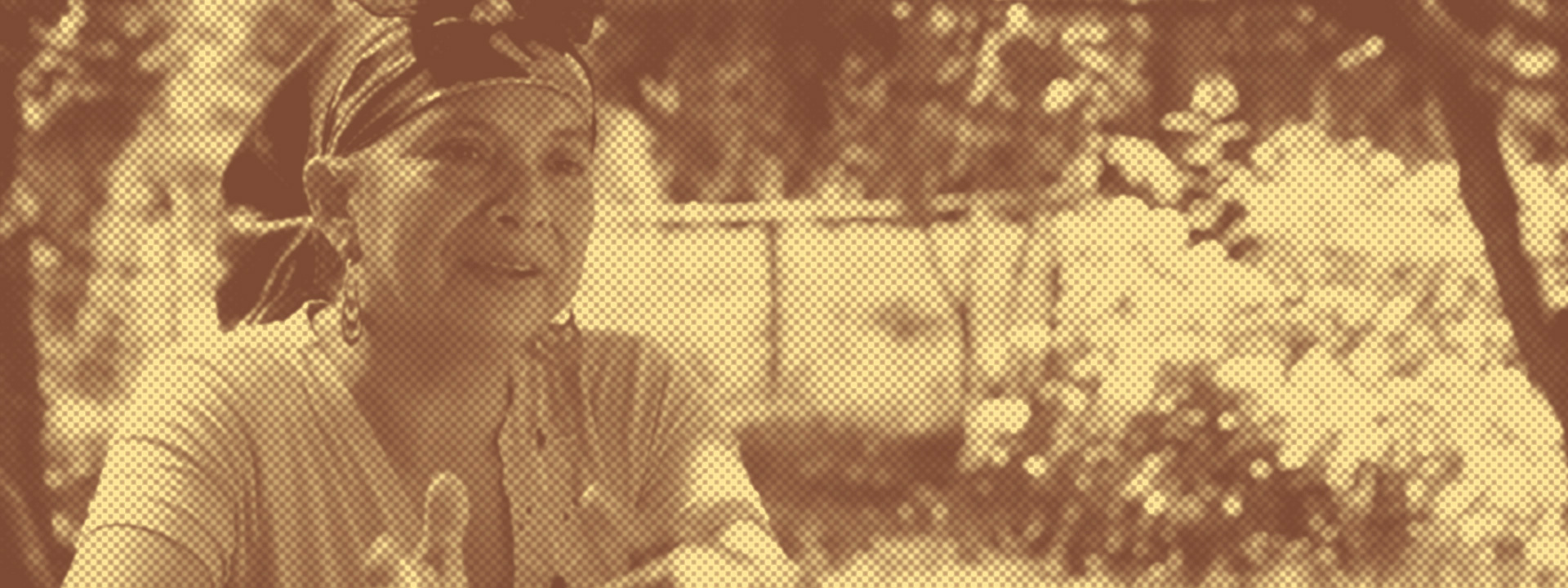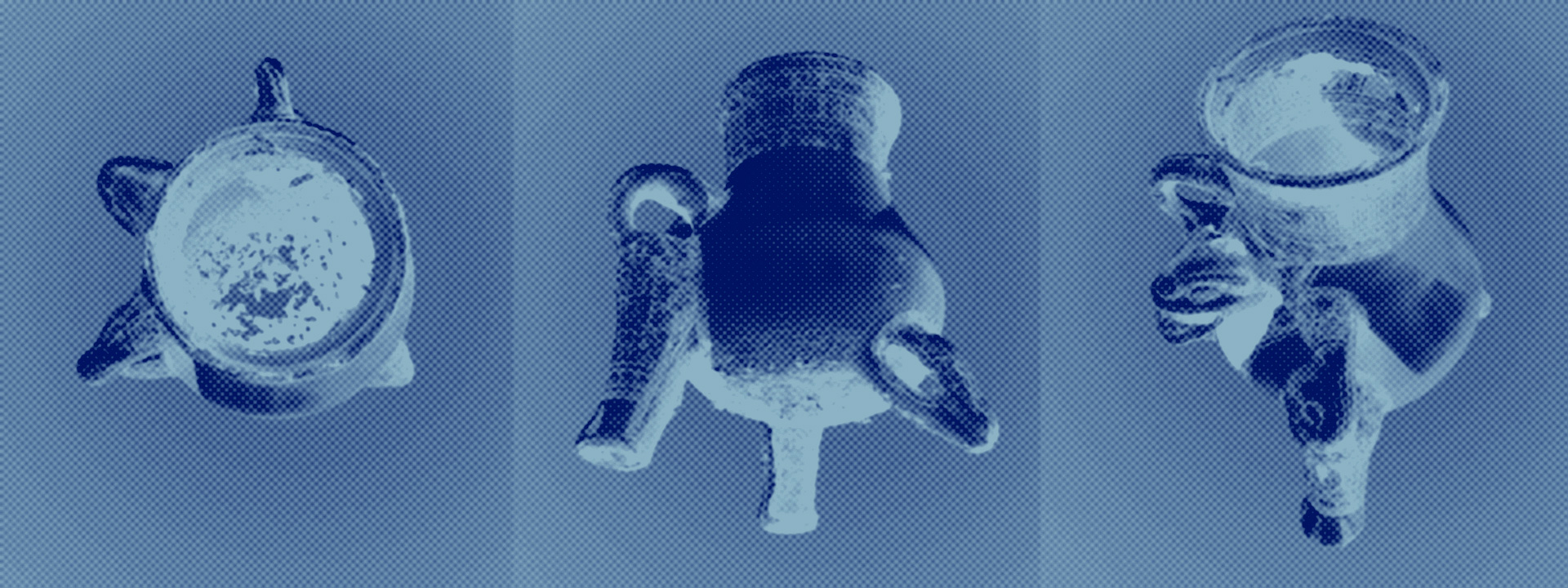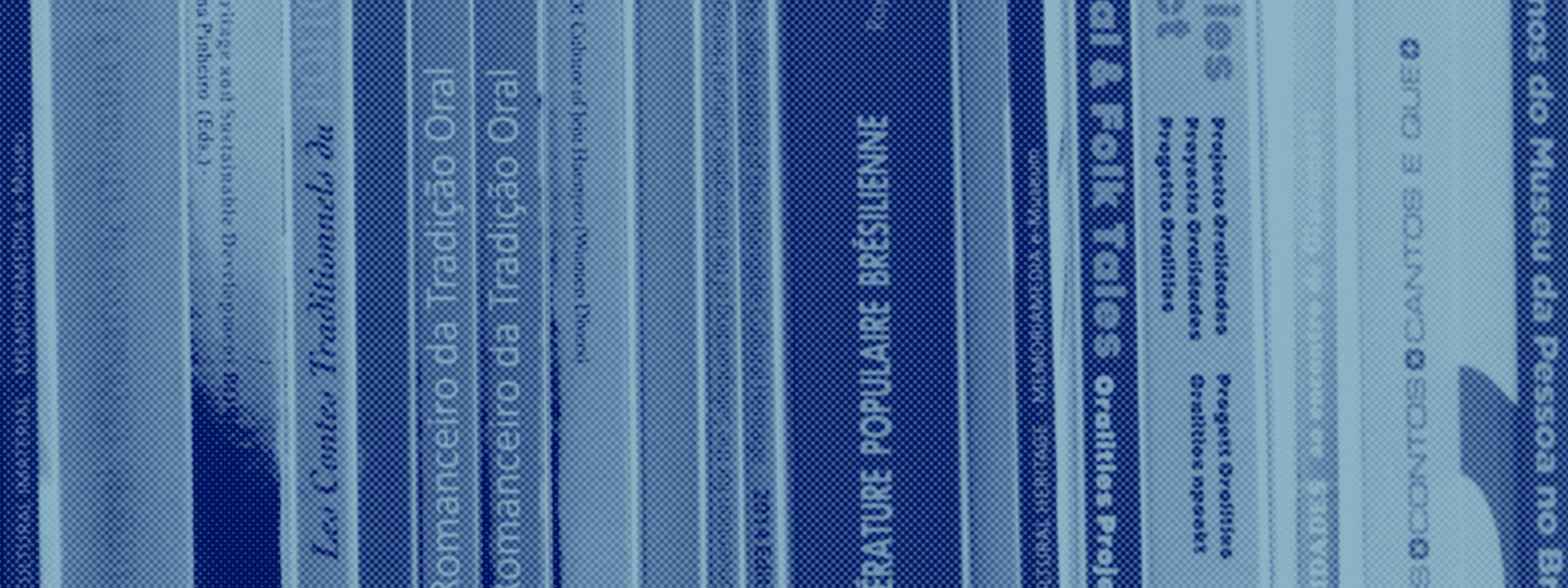ScotlandUniversity of St AndrewsConsortium Coordinator |
Universidad de St AndrewsCoordinador del Consorcio |
|
|
As Scotland’s first university, the University of St Andrews has established a reputation as one of the world’s leading research and teaching centres. EU-LAC MUSEUMS is coordinated through the Museums, Galleries and Collections Institute (MGCI) located in the eminent School of Art History. |
Como primera universidad de Escocia, la Universidad de St Andrews se ha consolidado como uno de los mejores centros de enseñanza e investigación del mundo. EU-LAC MUSEUMS está coordinado a través del Instituto de Museos, Galerías y Colecciones (MGCI) ubicado en la eminente Escuela de Historia del Arte. |
|
| Museums, Galleries and Collections Institute (MGCI) oversees the overall management and administration of EU-LAC MUSEUMS project, and is leading on new research into museum education for social inclusion and cohesion. | El Instituto de Museos, Galerías y Colecciones (MGCI) supervisa la gestión y administración general del proyecto EU-LAC MUSEUMS y lidera nuevas investigaciones sobre educación en museos para la inclusión social y la cohesión. | |
Museums, Galleries and Collections Institute, School of Art History: https://www.st-andrews.ac.uk/arthistory/
The EU-LAC-MUSEUMS project is being run under the auspices of the Museums, Galleries and Collections Institute (MGCI) in the School of Art History in the University of St Andrews. Dr Karen Brown is Director of the Institute and Coordinator of EU-LAC-MUSEUMS: https://www.st-andrews.ac.uk/arthistory/research/mgci/
The Museums, Galleries and Collections Institute (MGCI) was set up for research, education and training in cultural heritage, with a particular focus on museums, art galleries and historic houses, and their collections. It is the centre for research activities in museology.
The Research Institute was founded upon the expertise built up over many years from running our Museum and Gallery Studies courses, which have helped to establish St Andrews as Scotland’s leading centre for training and research in the heritage sector. The seaside location of our mediaeval town and university provides a beautiful setting for the study of museums, their history, purpose and contemporary development. Based in the School of Art History, we offer a range of full-time and part-time courses in Museum and Gallery Studies. Taught modules on the Theory and Practice of Museums are balanced with practical projects based either on the museum collections of this 600-year-old university, or at a local museum or gallery. Structured visits are an essential part of the programme and we are well placed for visiting museums, art galleries, historic houses, ships and other heritage sites: https://www.st-andrews.ac.uk/arthistory/prospective/pg/mgs/.
Collections are at the heart of museums, and of our museum training. The importance of collections has been recognised in recent research and publications. Collections, in the widest context, are the starting point for the research of the Institute.
Aims of the Institute
- to be a focus for quality research on the history, theory and practice of museums
- to initiate, carry out and promote research
- to facilitate the research of others
- to encourage interdisciplinary and collaborative research
- to research further the training needs of the sector
- to enhance the teaching portfolio by developing short courses for CPD, career development and specialist expertise
